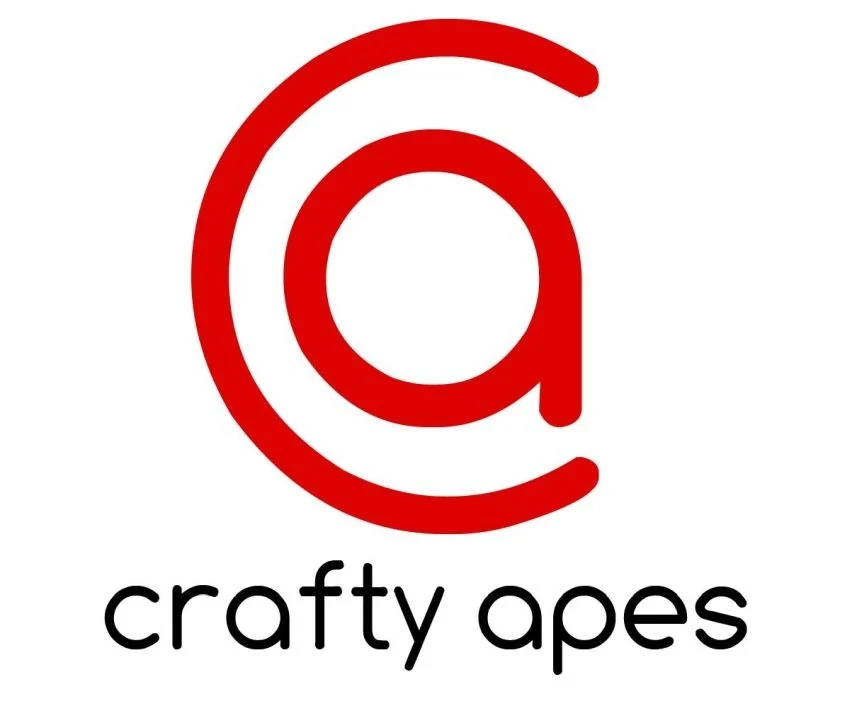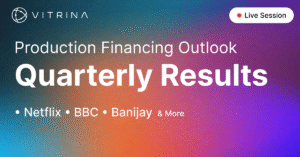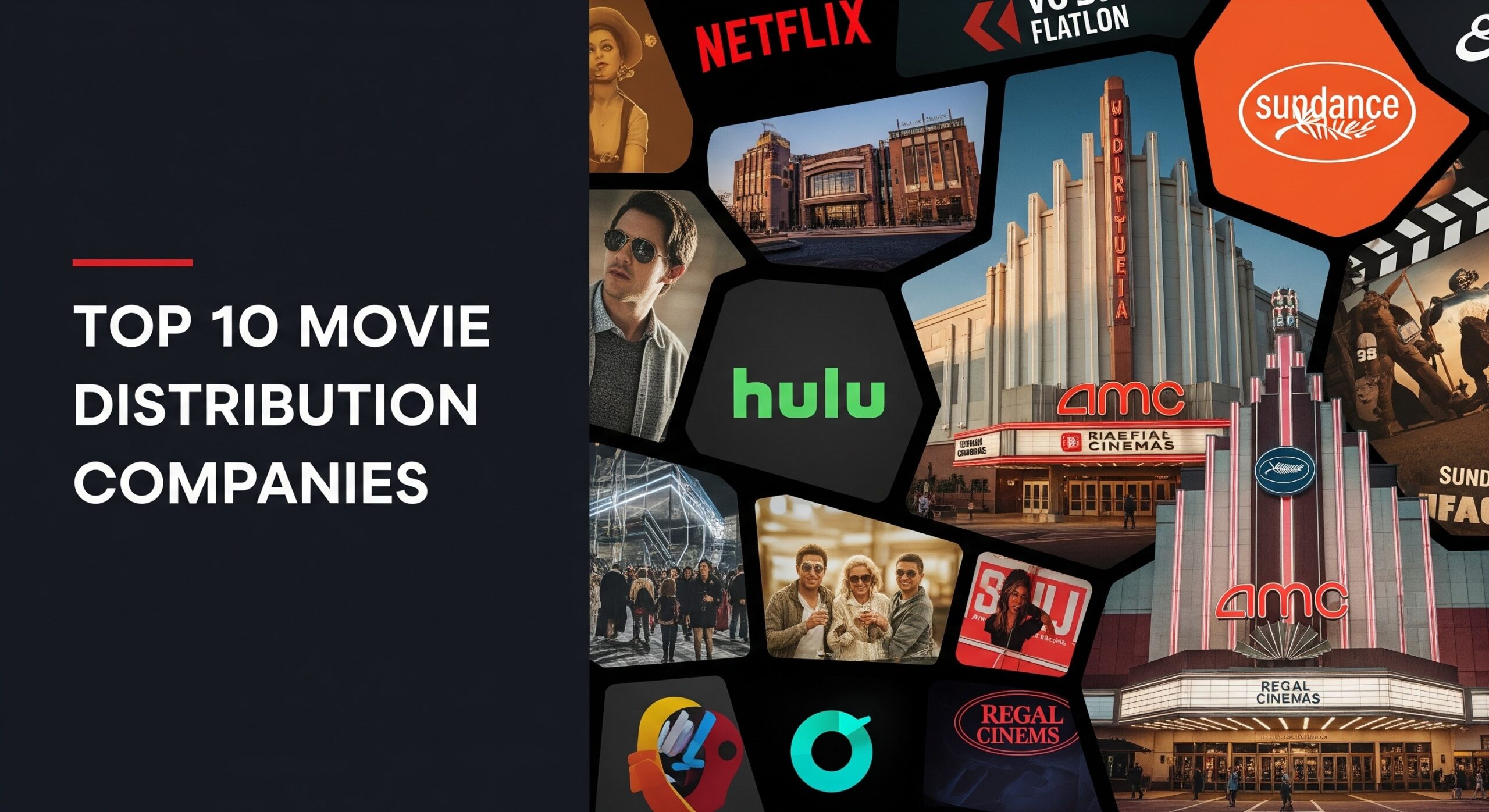Introduction
The global content market is expected to surpass $600 billion in the next five years, yet most distribution workflows are powered by spreadsheets and endless email chains. It’s a disconnect worth billions in missed opportunities.
For media CXOs, the challenge isn’t a lack of content; it’s a lack of visibility. How do you find the right partners, track deals across territories, and manage a complex supply chain without a centralized source of truth? It’s time to move from guesswork to a data-first strategy.
In this blog, I’ll break down the modern world of global film distribution and show you how to build a smarter, more profitable pipeline.
Curious how Vitrina can help you? Try it out today!
Trusted by global entertainment leaders to grow business, acquire high-demand content, promote projects and services, and track every Film + TV production worldwide
Table of content
- Introduction
- Key-Takeaways
- Core Concepts of Global Film Distribution
- The Modern Distribution Ecosystem (Players & Platforms)
- Strategic Distribution Windows & Rights Management
- The Economics of Distribution (Deals & Revenue)
- Going Global: Localization & Market Readiness
- The Future: Technology & Data-Driven Distribution
- Conclusion
- FAQs
Key Takeaways
| Topic | Description |
|---|---|
| The New Ecosystem | Distribution is no longer linear. It’s a complex web of theatrical, streaming (SVOD/AVOD), and direct-to-consumer models. |
| The Data Deficit | Lack of centralized data on partners, rights, and avails is the single biggest bottleneck to scaling globally. |
| Tech is the Advantage | Modern platforms are replacing fragmented workflows, giving savvy leaders Netflix-level visibility into their content investments. |
| Localization is Non-Negotiable | Global success depends on market-ready content, complete with high-quality localization and metadata. |
Core Concepts of Global Film Distribution
Let’s get grounded. At its heart, global film distribution is the machinery that moves a finished film from the producer to a global audience. But the “machinery” has evolved dramatically.
It’s no longer just about shipping film reels; it’s about strategically managing intellectual property rights across dozens of markets and platforms.
What is the modern movie distribution process?
Forget the simple path from studio to cinema. Today’s movie distribution process is a multi-pronged strategic exercise involving a sequence of rights exploitation. It’s about maximizing revenue by slicing and dicing rights by territory, platform, and time.
This requires a deep understanding of different film distribution models and how they serve different business goals.
The Modern Distribution Ecosystem (Players & Platforms)
The players have changed, and the field is more crowded than ever. Success hinges on knowing who to partner with and where your content fits in the global puzzle.
- Major Film Distributors
These are the titans of the industry. Think giants like The Walt Disney Company and Warner Bros. Discovery. They have the capital and infrastructure for massive theatrical releases and integrated streaming strategies. They often handle their own distribution, but also acquire content to fill their slates.
- Streaming Platforms (SVOD/AVOD/TVOD)
Netflix, Amazon Prime Video, and Disney+ rewrote the rules. These global streaming platforms operate primarily on a Subscription Video on Demand (SVOD) model. Alongside them, Advertising-based (AVOD) platforms like Tubi and Transactional (TVOD) models for rentals offer alternative revenue streams and audience reach.
- Independent & Regional Players
This is where the real complexity—and opportunity—lies. Companies like France’s Gaumont or the UK’s Fremantle specialize in producing and distributing content globally. You also have powerful regional OTTs and broadcasters, like Turkey’s NTV, that are hungry for content that resonates with local audiences.
Find Your Next Global Partner
Stop guessing who to work with. Access a verified network of distributors, platforms, and vendors across 140+ countries.

Strategic Distribution Windows & Rights Management
This is where the money is made or lost. A “distribution window” is a specific period during which a film is available on a particular platform (e.g., theaters, then VOD, then streaming). Managing this waterfall is critical.
“Your content’s value is directly tied to how well you manage its availability. A sloppy windowing strategy is just leaving cash on the table.”
How do you manage content avails and licensing?
The old way was a master spreadsheet. The new way is dynamic rights management. Your team needs to know exactly what content avails (availability reports) to send to which buyer, for which territory, and for which window. A typical licensing agreement will specify:
- Theatrical Window: The exclusive period for cinemas. While shrinking, it’s still a key driver for event films from studios like Universal Television‘s parent company.
This is the traditional first stop, creating marketing buzz and establishing a film’s perceived value before it hits other platforms.
- SVOD/AVOD Rights: The rights sold to subscription or ad-supported streaming services.
These deals are often complex, with varying exclusivity clauses and territory restrictions. They are the bread and butter for many independent producers and distributors like Lionsgate Studios.
The Economics of Distribution (Deals & Revenue)
Understanding the flow of money is crucial for any CXO. The film distribution costs can be immense, and the revenue models are varied.
What is a P&A budget?
P&A stands for “Prints and Advertising,” a term from the analog era that now broadly means the marketing budget. This is often the single largest expense after production. A distributor will front the P&A budget, and it must be recouped from the box office before profits are shared. This is a major point of negotiation in any distribution deal.
How do revenue sharing models work?
There’s no single answer. A deal with a major Korean studio like CJ ENM Co will differ from one with a Canadian children’s content specialist like WildBrain. Common models include:
- Distribution Fee Model: The distributor takes a percentage of the gross revenue (typically 20-40%) after recouping expenses.
This is the most common model for theatrical releases and traditional television licensing deals.
- Flat Fee / Buyout: A streaming platform pays a single flat fee for the rights for a specific term.
This model provides producers with upfront cash and certainty but eliminates any potential upside from a breakout hit.
Track Deals from Pitch to Payment
Your team can't afford to be blind. Monitor your entire deal pipeline, from initial contact at MIPCOM to final revenue reports.

Going Global: Localization & Market Readiness
You can have the best film in the world, but if it isn’t ready for the market, it’s worthless. Proper localization is the final, critical step in the supply chain.
What does it take to get content market-ready?
It’s more than just a translation. True market readiness involves a chain of services, often managed through a Media Asset Management (MAM) system.
- Dubbing and Subtitling: Providing high-quality, culturally-nuanced audio and text for different languages.
This is the most visible part of localization services. Poor quality here can kill a film’s chances in a new market.
- Content QC and Metadata Management: Ensuring the technical quality of the file and enriching it with the correct metadata.
Content QC (Quality Control) prevents technical glitches, while accurate metadata management ensures your content is discoverable on platforms and compliant with local regulations.
The Future: Technology & Data-Driven Distribution
Let’s be honest—most content pipelines are still stuck in 2008. The future of global film distribution belongs to those who leverage technology for supply chain visibility and strategic advantage.
How can a content acquisition platform help?
A modern content acquisition platform like Vitrina acts as a central nervous system for your distribution strategy. Instead of sifting through outdated industry directories or relying on who you meet at the Cannes Film Market, you get real-time intelligence.
Vitrina provides that missing layer of data analytics in film distribution. It allows CXOs to:
- Discover Partners & Projects: Find verified vendors, distributors, and content for sale globally before anyone else.
This shifts your strategy from reactive to proactive, giving you a first-mover advantage on hot projects and emerging market opportunities.
- Enable Global Deal Tracking: Use a centralized dashboard to monitor every stage of your acquisition and distribution pipeline.
This eliminates the friction of email and spreadsheets, providing your entire team—from strategy to legal to operations—with a single source of truth. It’s the key to making faster, smarter decisions.
Conclusion
The world of global film distribution is no longer a relationship-only business. It’s a complex, data-driven ecosystem where speed, visibility, and strategic partnerships define the winners. Having a centralized view of the market isn’t a luxury; it’s the cost of entry for serious players.
What’s the first strategy you’re going to try? Let me know in the comments. Get Your Vitrina Membership Today
Frequently Asked Questions
The four primary models are: 1) Theatrical Distribution (cinemas), 2) Streaming/VOD (platforms like Netflix), 3) Television Syndication (broadcast and cable networks), and 4) Direct-to-Consumer (selling directly from a proprietary website or app).
Streaming has collapsed traditional distribution windows, created a massive demand for diverse content, and shifted power towards platforms with global reach. It has also made data on audience behavior a priceless asset for content strategy.
An international sales agent is a crucial intermediary who represents a film’s rights at global film markets like EFM or MIPCOM. They negotiate deals with distributors in different territories on behalf of the producer.
Metadata is the “digital identity” of your film. It includes the title, synopsis, genre, cast, language, and rights information. Accurate metadata ensures your film is discoverable on platforms, royalties are paid correctly, and it meets the technical requirements of each distributor.





















































